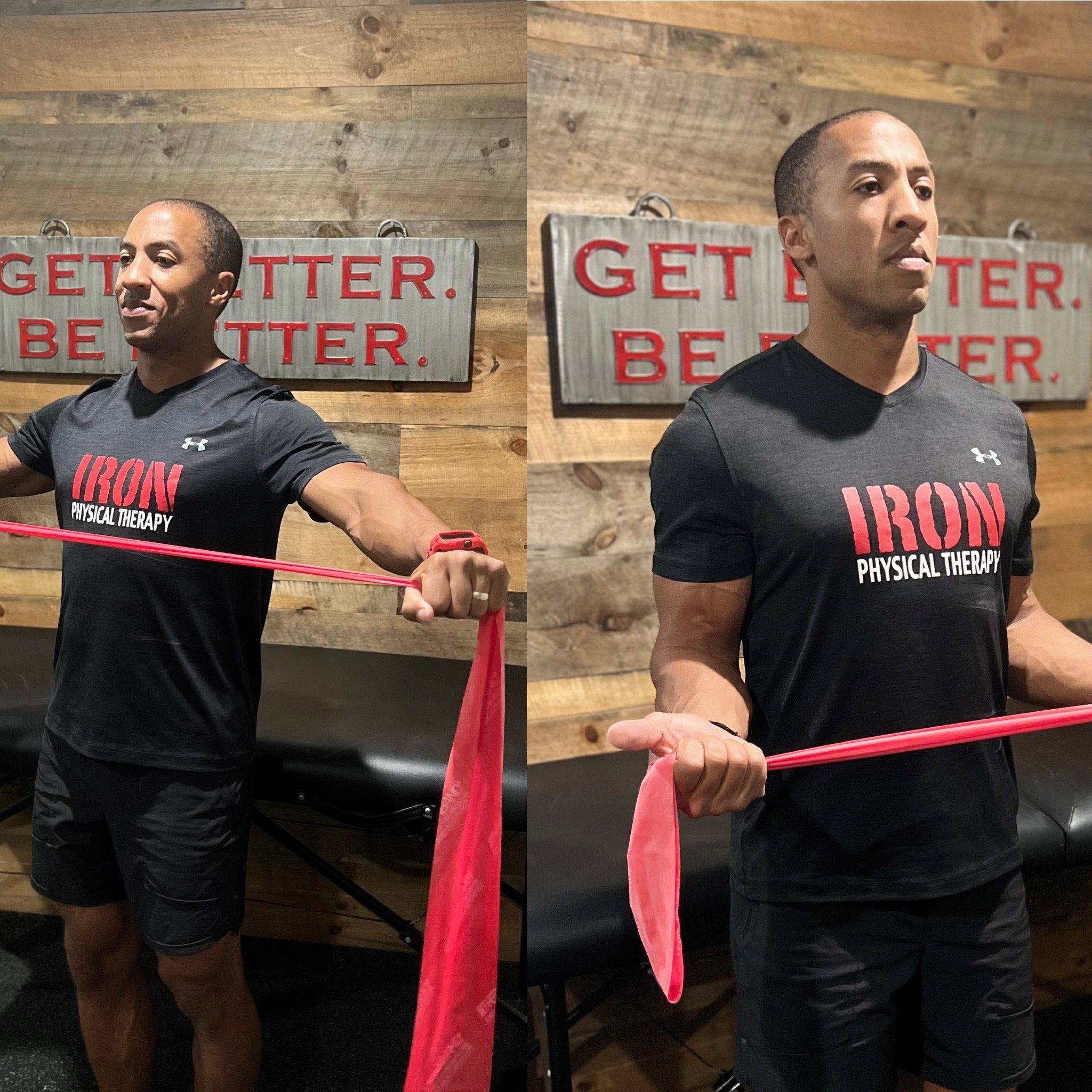Top 6 Wellness Tools you Need at Home
Having a few basic essentials at your fingertips is so important to establishing a wellness practice that will keep your body healthy, mobile and strong. This is true for everyone, but if you’ve been through PT before, then these items will also be exactly what you need to keep up with your Home Exercise Program (HEP).
There are so many options out there, but our PTs have taken the guesswork out of which are the best and created a simple list of favorites they use themselves and recommend. Below are the top 6 simple mobility products and recovery tools our physical therapists suggest to get you started.
They cover the three areas Dr. Geno Mayes, Owner of Iron Physical Therapy, says are essential when choosing basic equipment to take care of yourself at home: releases soft tissue, enhances stretching & loads the muscle.
Release Soft Tissue to Relieve Muscle Soreness at Home
Soft tissues are those that connect, support and surround other structures and organs of the body (i.e muscles, ligaments, fascia, tendons, blood vessels, nerves, etc.) If they are tense or tight, they can cause pain or soreness. The recovery equipment below stimulate the nervous system to relax tension in these tissues (self myofascial release) which can ease pain, alleviate soreness and increase range of motion. These tools also increase blood flow which is great for muscle repair.
1. Lacrosse Ball
A simple lacrosse ball is an affordable, easy to store tool for self-treatment. It’s great for targeting certain areas or hard-to-reach trigger points. If you love the single ball, you can also get a double “peanut” ball to release tightness across the spine.
✔ Click here for more exercises using a lacrosse ball…
✔ Click here to purchase on Amazon
2. Foam Roller
A foam roller is another excellent tool to reduce soreness, increase blood flow, and aid in muscle repair. Here are other versions of rollers worth considering: textured foam roller (for deeper work) or a half foam roller (for balance & stretching).
✔ Click here for 8 foam rolling exercises to get you started
✔ Click here to purchase on Amazon
Best Ways to Stretch Tight Muscles at Home
Take the time to stretch after a walk, run or workout with the simple tools below to keep your muscles flexible and maintain a full range of motion.
3. Stretch Out Strap
A stretch strap has multiple loops that facilitate deep, gradual stretching of the major muscle groups.
✔ Click here for some stretch out strap exercises
✔ Click here to purchase on Amazon
4. Long Resistance Band
We love this long resistance band because it does double duty by facilitating stretching & mobility work but can also be used to build muscle by adding resistance to bodyweight exercises or providing assistance when working on push ups/pull ups.
✔ Click here for more long band exercises
Load the Muscle to Improve Strength Training at Home
Strength training is critical to address weak muscles, improve everyday function and maximize athletic performance. It’s also one of our best tools to reduce risk of injury as well as pain and strain on our joints. We’re recommending the mobility equipment below because they are incredibly versatile, easy to store and the perfect size to pack in your suitcase when you travel.
5. Sling Shot Hip Resistance Band
This hip band is perfect to upgrade any bodyweight exercise and target weak hips which are often the source of our issues. It’s also great for a warmup before squats or a workout. If you prefer more padding, check out this version that’s a staple in our clinics.
✔ Click here for more hip band exercises
✔ Click here to purchase on Amazon
6. Theraband
Therabands are light, portable and come in a variety of strengths for easy progression. They provide effective low impact strength training for people of all levels.
✔ Click here for more Theraband exercises
If you’re looking for more ways to keep your body healthy and pain-free…
** Remember that no “magic tool” can take the place of a physical therapist’s diagnosis, hands-on techniques and movement expertise. We always recommend seeing your healthcare professional or getting an evaluation with a PT before starting a new program.
If you’re unsure if you need PT….
**Disclaimer: While all the products on this list are our personal recommendations, some of the links in this post are Amazon affiliate links.






